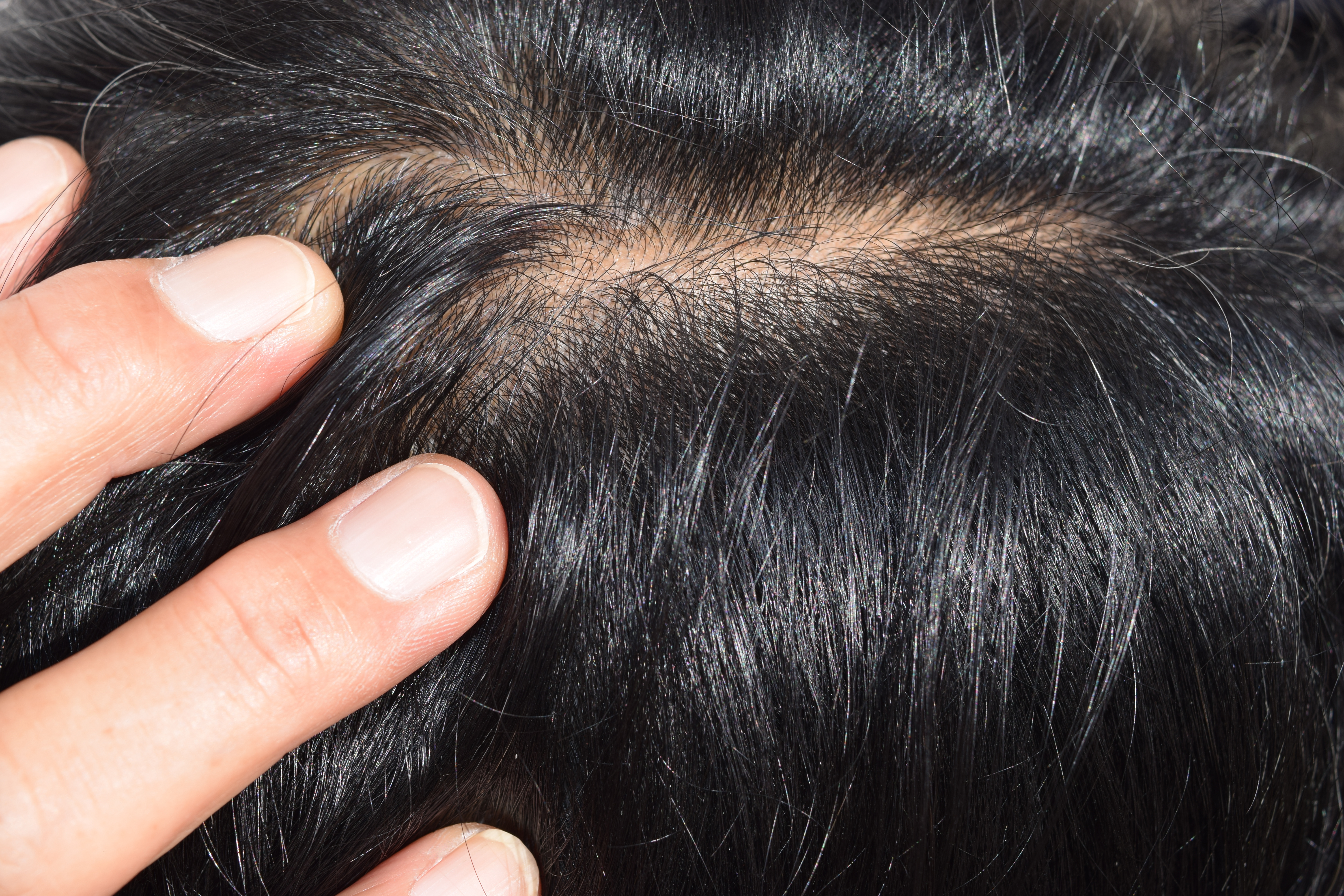What Is A Pilar Cyst?
 Pilar Cysts, also known as Trichilemmal Cysts, are keratin-filled bumps that grow on the skin. How is this bump different from the many others that are found on the body? This cyst is filled with keratin, the specialized protein that is found in hair and nails. “Cysts tend to form when superficial skin cells get implanted deeper into the skin and begin to multiply,” explains Dr. Miriam Hanson, a board certified Dermatologist at Sanova Dermatology in Austin, Texas. “Basically, the skin makes a pocket within itself. We shed our skin everyday. When the skin sheds into the pocket, the keratin accumulates and the cyst develops and grows.”
Pilar Cysts, also known as Trichilemmal Cysts, are keratin-filled bumps that grow on the skin. How is this bump different from the many others that are found on the body? This cyst is filled with keratin, the specialized protein that is found in hair and nails. “Cysts tend to form when superficial skin cells get implanted deeper into the skin and begin to multiply,” explains Dr. Miriam Hanson, a board certified Dermatologist at Sanova Dermatology in Austin, Texas. “Basically, the skin makes a pocket within itself. We shed our skin everyday. When the skin sheds into the pocket, the keratin accumulates and the cyst develops and grows.”
Where Are They Found?
“Pilar cysts, specifically, stem from the outer portion of the hair follicle. These cysts are therefore primarily found on the scalp,” explains Dr. Adam Mamelak, board-certified dermatologist and skin surgeon in Austin. Similar to epidermoid cysts, pilar cysts can also be found on the face, neck and upper torso. These cysts are not able to be spread, nor are they contagious like warts or other skin infections, so they can’t be passed on or transmitted to others.
How Are They Treated?
Pilar cysts are benign growths, so it is not necessary to remove these skin lesions if they are not causing pain. They will not affect your health and when asymptomatic, are of no medical concern. If they become inflamed, painful or begin to drain, treatment can be explored.
“Because cysts protrude from the skin, they often get bumped, irritated, damaged or even cut,” notes Dr. Hanson. Inflamed and/or ruptured cysts can become infected, which is of greater concern. Antibiotics and steroid injections can sometimes be used to combat these complications and restore your skin to its healthy state. If severely inflammed, your physician may recommend incising and draining the lesion.
“Often the most definitive treatment for these cysts is to surgically excise or completely remove them from the skin,” says Dr. Mamelak.
“Really though, if you do notice any bump growing on your skin, it is best to have it looked at by your Dermatologist,” mentions Dr. Hanson. Changing of bumps or spots on your skin can also be symptoms of skin cancer or other concerning conditions.
Contact Us
Is a lump or bump getting in your way? Please contact us today to set up your consultation.
Join Us


